2nd International Workshop to Develop an Ocean Acidification Observing Network of Ship Surveys, Moorings, Floats, and Gliders
24-26 July 2013
St. Andrews
Scotland, UK
The second international workshop of the Global Ocean Acidification Observing Network (GOA-ON) will convene in St. Andrews, UK, on 24-26 July 2013. The workshop will build upon progress made during the first international workshop to document the status and progress of ocean acidification in open-ocean and coastal environments, and to understand its drivers and impacts on marine ecosystems. A coordinated multidisciplinary multinational approach for observations and modeling is fundamental to establishing a successful research strategy for ocean acidification. This will facilitate the development of our capability to predict present-day and future responses of marine biota, ecosystem processes, biogeochemistry, and climate change feedbacks. Required research elements include regional and global networks of observations collected in concert with process studies, manipulative experiments, field studies and modelling - to be carried out with close linkages to other global ocean observing activities. Global and regional observation networks will provide the necessary data required to firmly establish impacts attributable to ocean acidification.
With support from the International Ocean Carbon Coordination Project; the UK Ocean Acidification Research Programme (co-funded by NERC, Defra, and DECC); the NOAA Ocean Acidification Program; the Global Ocean Observing System; the Integrated Ocean Observing System; the Ocean Acidification International Coordination Centre of the International Atomic Agency; the UK Science & Innovation Network (co-funded by FCO and BIS); the Intergovernmental Oceanographic Commission (IOC) of UNESCO; the University of Washington; and others, this international workshop will continue to build and document an integrated global observing network for both carbon and ocean acidification that addresses the requirements of nations affected by this emerging environmental problem in response to societal needs.
Building on the existing global oceanic carbon observatory network of repeat hydrographic surveys, time-series stations, floats and glider observations, and volunteer observing ships, the interactive GOA-ON map offers the best information available on the current inventory of global OA observing platforms. This is a strong foundation of observations of the carbonate chemistry needed to understand chemical changes resulting from ocean acidification.
Note to participants and contributors: If you would like to add or modify a platform, please fill out this on-line form: GOA-ON Survey
 | Workshop Booklet | PDF |
 | Aims of Workshop | PDF |
 | Workshop Schedule | PDF |
 | Poster Abstracts | PDF |
 | Key Background Documents and Relevant Links | PDF |
 | Workshop Participants | PDF |
 | Information on Accomodation, Meeting Venue, and Travel | PDF |
 | Guidelines for Workshop Leads and Presenters | PDF |
 | Interim Report from 1st GOA-ON Workshop in Seattle, WA, USA 2012 | PDF |
 | Coral Reef Ocean Acidification Monitoring: Development of a US Monitoring Strategy | PDF |
 | NOAA Ocean and Great Lakes Acidification Research Plan | PDF |
 | A global sea surface carbon observing system: inorganic and organic carbon dynamics in coastal oceans. In Proceedings of the "OceanObs '09: Sustained Ocean Observations and Information for Society" | PDF |
 | An international observational network for ocean acidification. In Proceedings of the "OceanObs '09: Sustained Ocean Observations and Information for Society" | PDF |
 | Towards an integrated observing system for ocean carbon and biogeochemistry at a time of change. In Proceedings of the "OceanObs '09: Sustained Ocean Observations and Information for Society" | PDF |
 | Towards an integrated global ocean acidification observation network. In Proceedings of the "OceanObs '09: Sustained Ocean Observations and Information for Society" | PDF |
 | A Global Sea Surface Carbon Observing System: Assessment of Changing Sea Surface CO2 and Air-Sea CO2 Fluxes. "In Proceedings of OceanObs'09: Sustained Ocean Observations and Information for Society" | PDF |
 | Draft Interagency Ocean Acidification Data Management Plan: CIMOAD Report and Appendices Consortium for the Integrated Management of Ocean Acidification Data | PDF |









